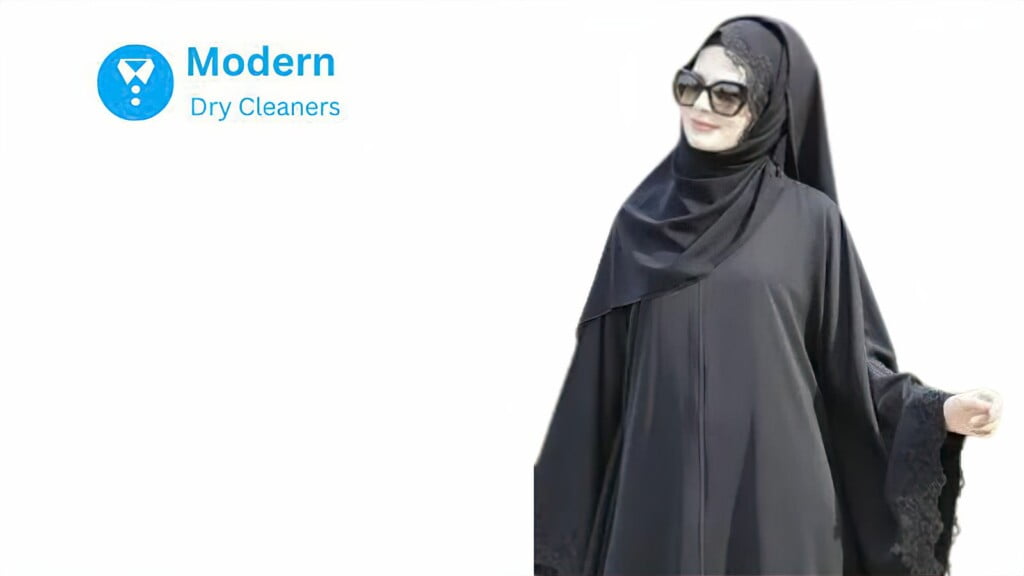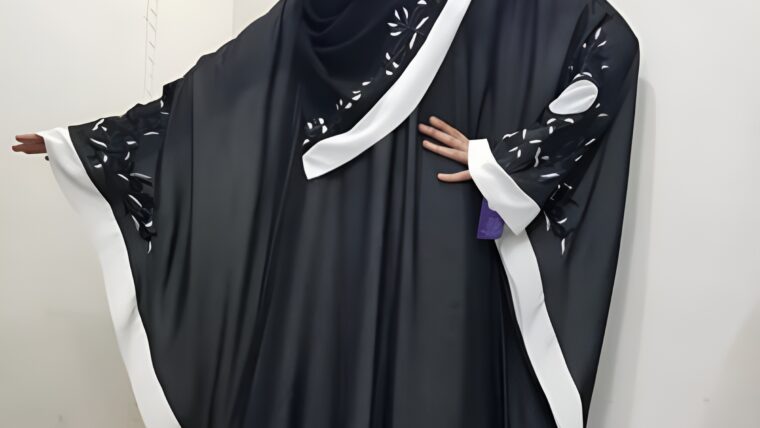Among the world’s most glamorous cities is Dubai. A casual walk outdoors reveals a scene that resembles a runway, complete with high-end apparel and accessories. When visiting Dubai, a lot of visitors make it a point to shop, whether it’s for handcrafted jewelry for their arms or clothes from a fast-fashion store.
In the heart of Emirati culture, this exploration invites you to embrace the authenticity of traditional dress, setting aside the allure of high-end fashion. These garments tell a story that goes beyond trends, intricately weaving together a narrative that echoes through the ages.
Join us on a journey through the threads of tradition in the UAE, where each stitch is a poignant step into the captivating tapestry of Emirati heritage.
What is the History of Traditional Dress in the UAE?
Rooted in Bedouin culture, the traditional dress of the UAE echoes a historical journey from the Arabic peninsula. Emiratis, proud of their heritage, continue to embrace these time-honored garments today. Despite this, there’s a cultural adaptability seen when traveling abroad, as many seamlessly incorporate Western clothing into their wardrobes.
This fusion showcases the versatility and openness of Emirati culture, bridging the gap between tradition and modernity with a graceful balance.
Traditional Dress of UAE Male
Kandura
The kandura, also called a thobe, is an ankle-length, long-sleeved garment. It looks like a long shirt or a loose-fitting robe. The most popular colour is white, which is excellent for blocking the sun’s rays. In addition, it is available in beige, yellow, lavender, and blue, especially during the winter. Each Gulf nation has put its unique spin on this traditional dress. For instance, kanduras in the UAE typically have embroidery on the sleeves and lack a neck.
Ghutra (or Shemagh)
Men in Emirati wear a cloth headpiece called a ghutra. Its traditional function was to shield the people living in the desert from the sun and sandstorms. For Emirati males, white is the traditional ghutra. Still, the customs of the surrounding Gulf states have also impacted contemporary styles.
These days, you can also spot Emiratis donning ghutras with a red and white checkered design, which is reminiscent of Saudi Arabia’s neighboring fashion. The agal, a black ribbon that encircles the head, holds the ghutra in place.
Agal:
The agal is another traditional dress. It is a black cord that is worn to secure the ghutra in place. It is often worn atop the head and held in position by a ring-like structure called a ‘black ring.’
Dubai Traditional Dress for Ladies
Abaya:

The abaya stands as a traditional garment donned by women in the UAE. It is essential to remember that an abaya is not a dress. Rather, a more fair comparison would be to a thin, flowing robe covering the torso. Women wear their clothes underneath (in fact, they frequently go for Western-inspired looks like jeans). This contributes to the abaya’s black color.
It lets the wearer wear vibrant colors underneath without drawing attention to their undergarments. Abayas are often made of black fabric. Embroidery and embellishments on black fabric are common in modern trends, giving the ensemble a more modern edge.
Hijab:
A veil worn by Muslim women is called a hijab. Typically, it covers their neck, ears, and hair. The term “hijab” is a general phrase used to refer to the different types of head coverings worn by Gulf women. In actuality, a hijab refers to a particular style of head covering. The shayla, a head covering that consists of a long, rectangular scarf crossed over the shoulder, is one of the most common types in the UAE.
Burqua:
A burqa is a kind of facemask used in the Gulf. This is not the same as the burqa, which is a term for a head-to-toe concealing garment in other regions of the world. The mask is fashioned to resemble a horizontal H shape, covering a portion of the woman’s upper lip and forehead. These burqas are constructed of metallic cloth, despite their initial appearance as being made of metal.
Burquas are typically worn by senior people; young people in the nation do not seem to be as fond of this look.
We suggest visiting the Textile Souq if you’re interested in buying any of the aforementioned goods as souvenirs. There, you’ll find a magnificent selection of patterns at affordable prices. With the help of our Old Dubai Tour guide, you will learn about the history of the garments worn by these prehistoric desert nomads.
People also ask
What do Girls Wear in the UAE?
For girls in Dubai, there’s no strict dress code mandating hijab or burqa. The key is to cover shoulders and knees, allowing freedom in clothing choices. While Dubai embraces diverse styles, respecting local culture is vital. Opt for outfits that strike a balance between comfort and cultural sensitivity.
What should tourists wear when visiting the UAE?
When it comes to what visitors should wear when visiting the United Arab Emirates, there is sometimes a great deal of uncertainty. Travelers visiting the UAE typically don’t need to cover their hair. The dress codes are also fairly lax, despite some dramatic press headlines.
Authorities only request that people cover themselves when they are wearing skimpy clothing. You can still wear arm-bearing tops, skirts that fall just above the knee, or shorts. Just be mindful of the total amount of skin you are exposing. Try wearing a more modest top, for instance, if you are exposing more of your legs.
We are sure our guide to traditional dress in Dubai will be helpful for you. If you like this article, share it with your friends. If you are in Dubai or have plans to visit Dubai and you need professional laundry and dry cleaning services, shoe cleaning and repair, clothing alterations, and carpet cleaning services Don’t worry at modern dry cleaners; we provide professional laundry services. free pick-up and delivery; 24 hours of service Call us or schedule pickup; we will collect your laundry at your door.
Visit Our Facebook Page for More information about our services


